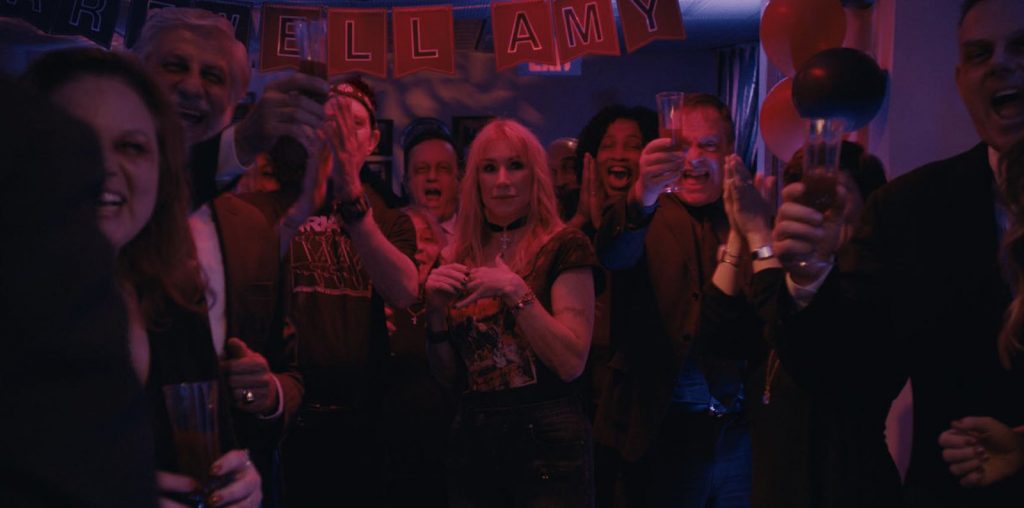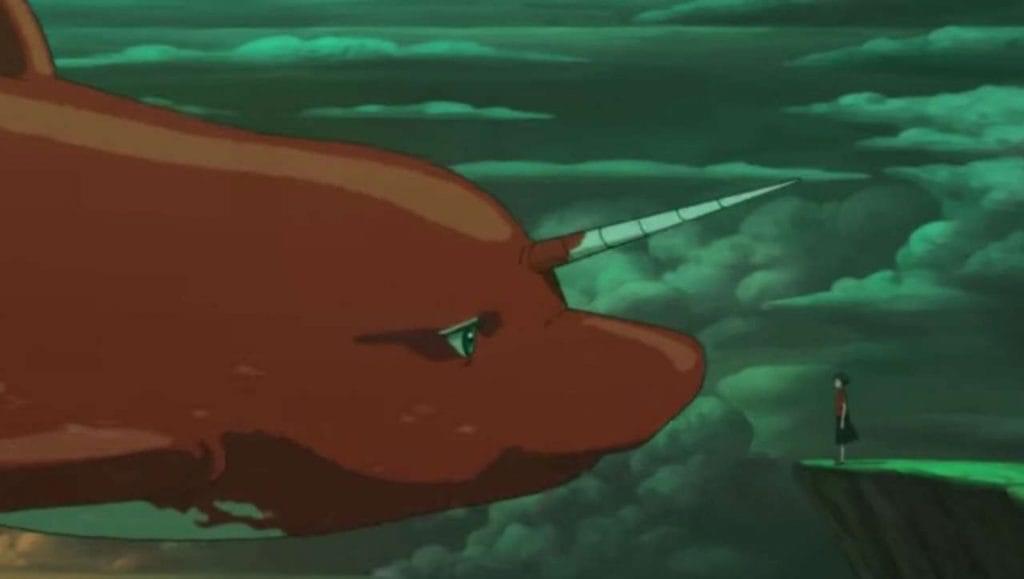
BOOTLEG FILES 558: “Trance and Dance in Bali” (1952 documentary short by Margaret Mead and Gregory Bateson).
LAST SEEN: The film can be found on YouTube.
AMERICAN HOME VIDEO: It has been made available for nontheatrical exhibition, but not for commercial home entertainment viewing.
REASON FOR BOOTLEG STATUS: An elusive classic of its genre.
CHANCES OF SEEING A COMMERCIAL DVD RELEASE: It would be nice.
One of the most provocative and controversial figures of 20th century science was Margaret Mead. Widely respected in her lifetime for making anthropological studies accessible to the general public, she became the subject of great scrutiny following her death in 1978, with numerous critiques of her research methods and her scientific literature. Even at this late date, Mead’s output can generate polarizing debate in certain circles.
Still, her legacy is difficult to dismiss. And there is even a prominent New York cinematic event that was named in her honor: the Margaret Mead Film Festival, an annual celebration of nonfiction filmmaking. There is often the mistaken belief that Mead herself was a prolific documentary filmmaker, but her work in the cinematic sphere was actually rather limited. But for those who value quality over quantity, her brief contribution to nonfiction film is fairly memorable.
In March 1936, Mead and Gregory Bateson (a British anthropologist and her third husband) began a two-year research study in Bali. Part of their financing came from a group called the Committee for Research in Dementia Praecox – better known today as “schizophrenia.” Mead and Bateson went to Bali with the preconceived notion that the Balinese dancers that participated in their distinctive trance rituals experienced the same psychological effects that non-dancing white schizophrenics endured.
(And, as an aside, that helped fuel the posthumous criticism of Mead – her detractors saw her as a figure that imposed her ideals and agenda on distant cultures. But let’s get back to the story.)
Mead and Bateson also received funding for their work by a Masonic organization (the 33rd Degree Scottish Rite, Northern Masonic Jurisdiction), along with Cambridge University, New York’s American Museum of Natural History and the Department of Child Study at Vassar College. The latter funding source also had an agenda that it wanted Mead and Bateson to pursue. As anthropologist Andrew Lakoff would later observe, Mead and Bateson wanted to prove their theory that “Balinese personality is characteristically withdrawn as a result of consistently frustrating relations between mother and child.”
In any event, the anthropological duo spent two years taking about 25,000 photographs and shooting 22,000 feet of film at three different locations around Bali. At one point, they were joined by Jane Belo, an American anthropologist, who provided camera assistance in the filming of a trance ritual. This footage covered several hours at multiple locations, creating a real-time cinematic record of the event which had seemed too challenging for Mead and Bateson. As a result, their film footage was shelved upon their return to the United States. The couple divorced in 1950, yet remained on good terms and teamed again in 1952 to edit their Balinese footage into a 22-minute documentary titled “Trance and Dance in Bali.”
The film depicts a Balinese dance ceremony involving the struggle between goodness and evil, with evil being represented as a witch (played by a male dancer in an elaborate mask and wig), who has been insulted by a king, and goodness being personified by a dragon (played by two men running around in a wild dragon costume). These entities are surrounded by various dancers carrying long daggers. The dancers go into a deep trance and turn the daggers upon themselves, but the blades fail to break skin or draw blood. Although the ritual ends, the performers that fell into a trance remain in that state – and they need to be carried away and revived with a mix of holy water and burning incense.
It is all quite fascinating to watch, except that there are several problems. Bateson (who shot most of the footage) was working with a primitive hand-wound camera that could only shoot very short silent takes. The result is a visually fragmented collage of the ceremony – the film makes the ritual seem more jaggedly frenetic than it might have been. The absence of the original music from the event also dilutes the impact of the happening – a new score arranged by Colin McPhee plays on the soundtrack in a blithely disconnected manner – while an indifferent parade of pedestrians around the far edges of the ceremonial stage gives the impression that the Balinese people did not take this stuff very seriously.
There is also the problem that the ritual being filmed is not an authentic presentation of the Balinese ceremony. For starters, these rituals were usually held at night – but since Bateson had no special lighting to illuminate his camerawork, the ritual was switched to the daylight hours. Furthermore, the film depicts two different performances (this is not disclosed in the film) and incorporates female dancers that were normally not part of these rituals. According to historian Richard Schechner, the Balinese male dancers gave quickie lessons on entering the trance to the neophyte lady dancers, and only informed Mead and Bateson about their actions after the performances were filmed. Although this was a modern addition to what was supposedly an ages-old ritual, Mead and Bateson omitted that aspect of the back-story from their work.
And as for the original purpose of their work, Mead’s biographer Nancy Lutkehaus said it best: “Mead and Bateson’s extensive visual documentation of the Balinese produced little information to further our understanding of the etiology of schizophrenia and multiple personality disorders – the stated purpose of their research.”
Nonetheless, the film had a major impact on ethnographic documentary production – for its era, it created a major shock. Considering that most Americans considered Bali as a fantasy paradise occupied by starlets in sarongs, this view of a bizarre yet invigorating ceremony offered a bold view into an unknown world.
In 1953, an edited version was broadcast on the CBS primetime series “Adventure,” with Mead as an on-camera host of the footage. (Mead also narrates the film, albeit in a rather flat manner.) The broadcast had a profound impact on many viewers, and it has been cited as inspiring a new appreciation by many Americans of what had previously been rudely dismissed as “primitive” cultures. In tribute to its impact on the documentary world, the Library of Congress has included “Trance and Dance in Bali” on its National Film Registry.
“Trance and Dance in Bali” has been available for years for nontheatrical release, and it has been a staple in the anthropological coursework at many colleges and universities via VHS videos and DVDs issued by Pennsylvania State University. However, a commercial release in home entertainment channels has never occurred. Unauthorized postings of the film can be found on YouTube, which offers film lovers an easy (if somewhat sketchy) access to this flawed but fascinating work of ethnographic studies.
IMPORTANT NOTICE: While this weekly column acknowledges the presence of rare film and television productions through the so-called collector-to-collector market, this should not be seen as encouraging or condoning the unauthorized duplication and distribution of copyright-protected material, either through DVDs or Blu-ray discs or through postings on Internet video sites.

